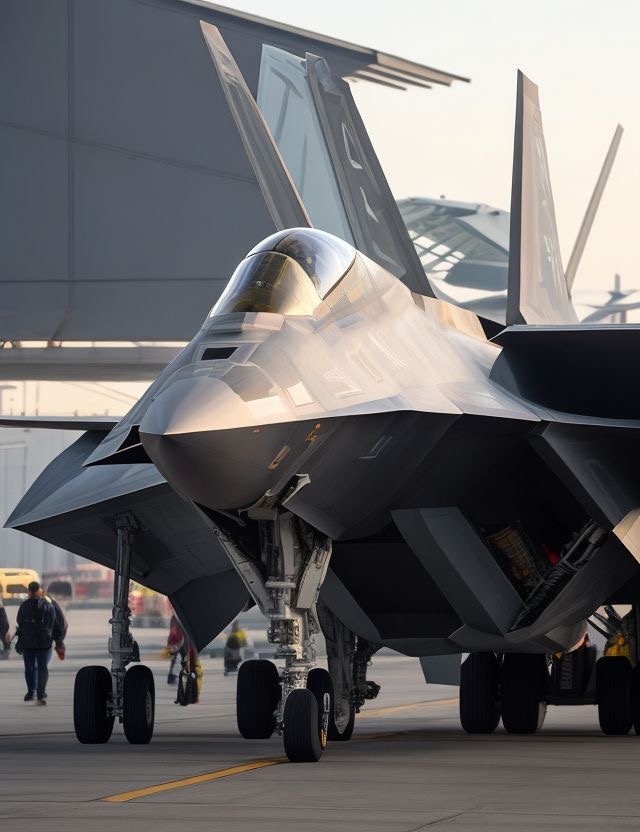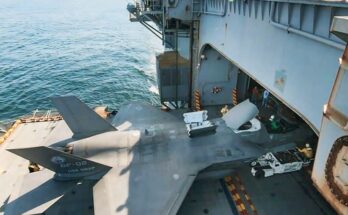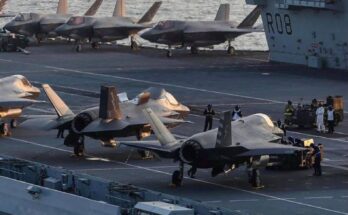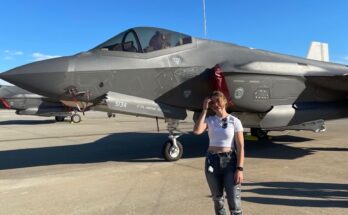
The F-22 Raptor, developed by Lockheed Martin for the United States Air Force, represents one of the most advanced fighter aircraft ever built. Its design was driven by the need to achieve air dominance well into the 21st century, combining stealth, speed, maneuverability, and situational awareness in a single platform. Every aspect of the aircraft, from its shape to its internal systems, reflects the goal of outperforming any potential adversary.
At the heart of the F-22’s design is stealth technology. The aircraft’s shape uses carefully angled surfaces, blended body contours, and sharp edges to minimize its radar cross-section. Unlike earlier fighters, the Raptor carries its weapons internally in bay compartments, reducing the radar signature that external pylons and missiles would create. The use of radar-absorbent materials and coatings further enhances its ability to avoid detection. This stealth-first design allows the F-22 to engage targets before being spotted, a crucial advantage in modern combat.
Equally important to the Raptor’s design is its aerodynamic performance. The aircraft incorporates a diamond-shaped wing design combined with canted vertical stabilizers and all-moving horizontal tails. These features provide exceptional agility at both supersonic and subsonic speeds. The engines, two Pratt & Whitney F119 turbofans, include two-dimensional thrust vectoring nozzles that can direct exhaust flow up or down by 20 degrees. This gives the F-22 unmatched maneuverability, allowing it to perform tight turns, rapid climbs, and evasive maneuvers beyond the capability of conventional fighters.
Speed and efficiency are also central to the design. The F-22 can sustain supersonic speeds without using afterburners, a capability known as “supercruise.” This allows it to cover distance quickly while conserving fuel and reducing its heat signature. Its maximum speed exceeds Mach 2, yet it can maintain agility and control at lower speeds during close engagements, making it versatile in both long-range and short-range combat.
The cockpit design reflects the aircraft’s focus on situational awareness. Pilots benefit from a large glass canopy providing wide visibility, along with a sophisticated avionics suite that integrates data from multiple sensors. The aircraft’s radar, the AN/APG-77, uses an active electronically scanned array (AESA) system that provides long-range detection and tracking with resistance to jamming. Information from the radar, sensors, and communications is fused into a single display, giving the pilot a clear, real-time picture of the battlefield.
In addition to air-to-air dominance, the F-22’s design also supports precision ground-attack missions. Its internal weapons bays can carry a mix of air-to-air missiles and guided bombs, while retaining stealth. The modular design allows upgrades over time, ensuring the aircraft can adapt to new threats and missions without losing its effectiveness.
Overall, the F-22 Raptor’s design is a balance of stealth, speed, agility, and technology integration. It set a new standard for what a fifth-generation fighter could achieve. While costly and complex, the aircraft remains a symbol of advanced engineering and a cornerstone of U.S. air superiority. The Raptor’s design philosophy continues to influence modern fighter development worldwide, underscoring its significance as more than just an aircraft—it is a benchmark in military aviation history.


